Safety Policy
Guidelines & Safety recommendations relating to the use of ozone set out by pharmi-tech
Health and safety agencies establish recommendations to limit human exposure to ozone. The term human exposure directly or indirectly relates to the inhalation (breathing) of ozone gas. Exposure limits relating to ozone and its effects on the respiratory system is limited to no more than 5ug/ml or 0.05ppm. Potential health effects in over exposures to ozone gas may result in ling irritation, server fatigue, chest pain, dry cough, headache and respiratory irritation.
Standard Requirements
- End users should be made aware of the risks to health and a safety notice relating to these advisory measure should be included with operation manuals on sale.
- Indoor use ozone generators should be supplied with a device converting ozone back into stabilized oxygen. This allows for safe working conditions in confined spaces where adequate ventilation is unfeasible.
- Generators facilitating an internal integrated thermal catalyst (ozone destruct) should have visible marking for attachment.
- Thermal catalyst units should be replaced every 2-3 years.
- Equipment should facilitate a thermal catalyst function and remain gas tight throughout applications.
Ozone Catalyst (Exothermic)
Ozone destruct units are an essential safety requirement for indoor use. A catalytic compound should be supplied with generators to safely convert ozone back into stabilized oxygen in dry ambient air conditions. These devices remove ozone within occupied spaces quickly and effectively. These exothermic catalyst must remain dry at all times or this may result inadequate function and replacement of device.
Ozone catalyst work via chemical reaction, the bonds holding the reactants together must first be broken before the reaction can begin. Catalyst work by providing an alternative reaction pathway for the making and breaking of bonds. Take for instant ozone, ozone is formed though the making and breaking of bonds, and destroyed though the making and making of bonds. The compound used to destroy ozone has the chemical formula Mn02. Manganese dioxide is an inorganic compound that occurs naturally as a soil mineral. The process is exothermic and often produces enough heat to make the reaction extremely quick and effective, the reaction is generally referred to as a thermal catalyst reaction.
Ozone gas has a natural half life and will decompose naturally in due course, the natural process of decomposition in ambient air (room temperature) is inadequate for safe discharge and may remain airborne for up to 72 hours.
Manganese Dioxide is a non-toxic or dangerous to the environment, the compound can be disposed of by normal means.
Equipment (Gas tight)
Equipment supplied or manufactured should remain gas-tight where practical. A manufactured closed system with suitable and adequate materials should be supplied and included on sale of equipment.
Equipment used should facilitate an ozone destruct function and remain part of the enclosed system.
Where equipment facilitates a vacuum or pressurized function, advisory time limits should be recommended specific to that equipment to reduce back-feeding pressure that could potentially damage generators and produce inconstant concentrations.
Reactivity (03)
Ozone is an unstable gas with a pungent odour that reacts with oxidizable compounds. Ozone is non-combustible, however strong oxidizing properties are capable of igniting combustibles.

About us
Registered United kingdom
Ozone Company UK.
Contact us
Email:Office@pharmi-tech.co.uk
Disclaimer:
Pharmi-tech makes no claims or suggestions regarding the use of ozone, oxygen, or ozone related products to treat or cure any illness, disease or any medical relation conditions.
© 2024
All Rights Reserved | Pharmi-tech UK




